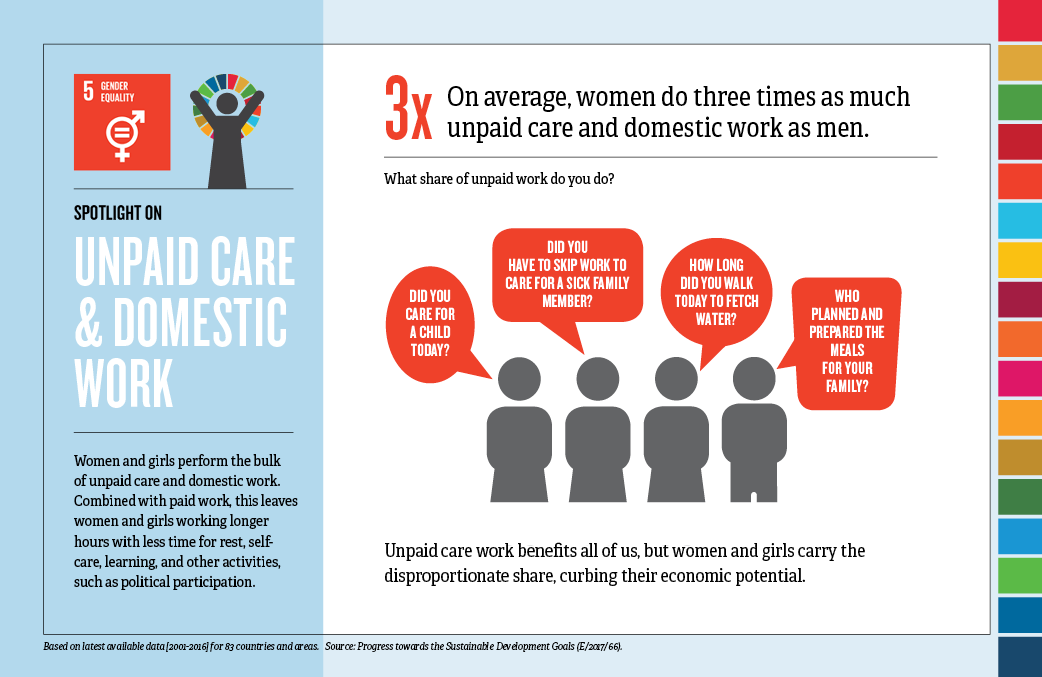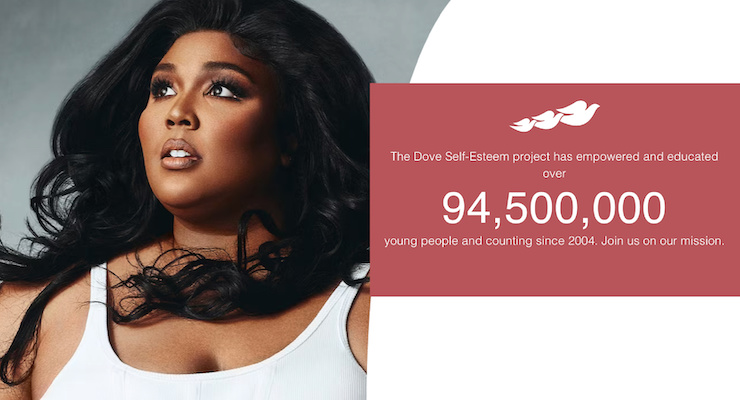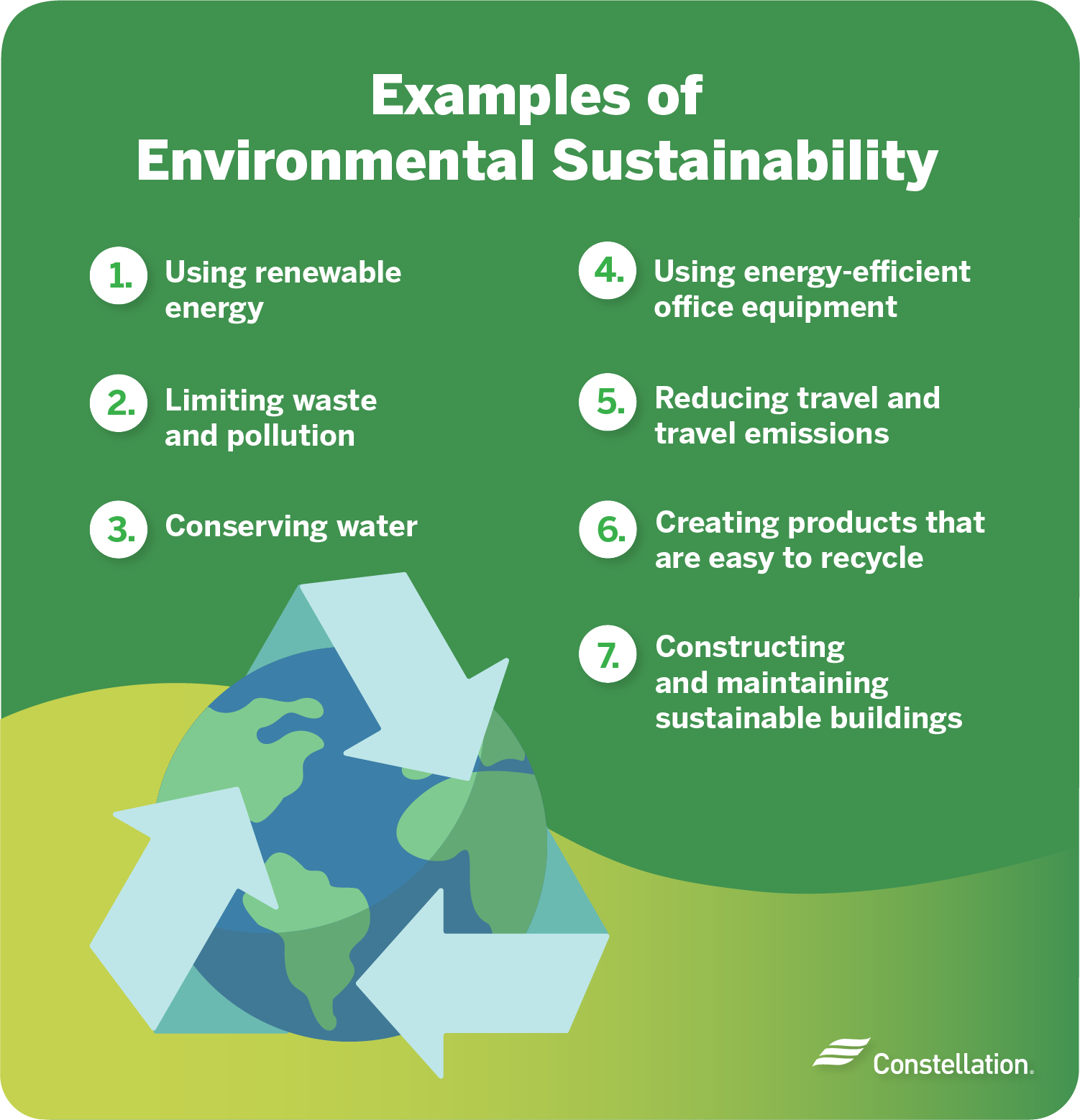I was recently asked by my niece: “How can you use marketing to make more of a positive difference in the world?” That got me thinking. Can marketing actually go beyond serving the incessant capitalism in our lives? Can it really be used for noble purposes that stretch beyond the numbers-driven growth centric modern businesses?
I get it. Many good people run good companies and genuinely want their work to create social change, not just sell products. But how?
From my experience partnering with conscious brands of all sizes, I've seen firsthand how the right marketing strategies can drive incredible impact by authentically highlighting social causes.
Done right, you can capture customers’ imaginations while also mobilizing them as allies and activists. Your brand can drive tangible change at scale.
In this piece, I'll share the specific techniques I've seen consistently move the needle by boosting business AND building a better world...
Taking a Stand

In today's polarized climate, there can be pressure on companies to avoid controversy by staying silent on major societal issues. But research shows again and again that customers - especially younger demographics - want and reward authenticity.
Take Patagonia as an example. They have built their entire brand around environmental activism. Far from hurting them, this has allowed them to charge premium prices for outdoor apparel and equipment.
- In 2017, Patagonia took the bold step of suing the Trump administration over the reduction of Bears Ears and Grand Staircase-Escalante National Monuments.
- They also launched the Patagonia Action Works site to connect customers with grassroots environmental organizations and activism opportunities.
- Rather than general platitudes about caring for the planet, they have staked clear positions on issues their community cares about.
This authentic activism has led to deep loyalty among Patagonia's customer base. Other brands should take notice and find issues that genuinely align with both their values and their audience. Some examples for different industries could include:
- Apparel company taking a stand on ethical manufacturing and labor practices
- Tech firm opposing government restrictions on privacy and encryption
- Food and beverage provider fighting food insecurity through donations to non-profits
The key is to back up these positions with substantive action, which leads to the next critical marketing opportunity for driving change.
Spotlighting Real Issues

Taking an open stand on social causes or sustainability is commendable, but customers can also smell inauthenticity a mile away. If a company wants to highlight issues in its marketing, it needs to back up that talk by spotlighting real vulnerable people and putting resources toward solutions.
One company that models this well is TOMS Shoes. While the effectiveness of their “buy one, give one” model has been debated, there is no doubt they have introduced millions of customers to the very real issue of childhood poverty and lack of access to shoes. Here are some of the keys to their success:
- Clear messaging since Day 1 about their social impact mission and the importance of addressing this major problem
- Sharing the stories of actual children who receive shoes through TOMS Giving Partners
- Dedicated email lists with updates on deliveries, facts about ongoing needs, and how customers can get further involved
- In-person events to have face-to-face conversations about why TOMS believes in this cause
This concrete showcasing of real issues amalgamates TOMS' brand with making actual change happen. Other companies can replicate this by being highly selective about which topics they highlight and thoroughly researching those topics to connect with affected communities.
Whether it is food insecurity, unequal access to technology, homelessness, or any number of other societal problems, brands should put in the work to amplify voices and share stories from the frontlines. This helps avoid coming across as exploitative or “poverty tourism.” The goal should be to educate customers, foster compassion, and demonstrate commitment.
Aligning With Partners

When introducing a new social initiative or cause marketing campaign, brands should carefully consider their potential partners. Associating with organizations and influencers who don't share priorities and values can undermine the authenticity of a company's efforts.
On the other hand, linking arms with respected non-profits and passionate leaders can provide huge awareness boosts and community goodwill. Below are a few examples of smart partnerships between brands and other change-makers:
- Dove's long-running Self-Esteem Project partners with mental health experts and educators to promote positive body image and confidence-building among young women.
- Starbucks has funded thousands of scholarships for disadvantaged youth through their partnership with the First Generation Scholarship Fund.
- IKEA teamed up with UNHCR to dramatically improve lighting and energy in refugee camps in Asia, Africa, and the Middle East. Not only saving lives, but allowing more education and economic activity after dark.
The key is that these corporate/non-profit partnerships create mutual benefits based on shared objectives, audiences, and community trust. Brands should thoroughly vet potential partners and look for opportunities to amplify each other's work.
Authentic collaboration generates results while also improving brand affinity with target customers.
Actions Over Words

At the end of the day, even the most well-crafted messaging around social change falls flat if a company's actions don't match the soaring rhetoric. Customers have more awareness than ever around issues like:
- Ethical manufacturing
- Environmental sustainability
- Fair labor practices
- Diversity, equity, and inclusion
- Ethical data/privacy policies
Pretty words about social responsibility mean little if brands don't walk the talk throughout their business operations. Some positive examples of companies matching words with action include:
- IKEA achieving 100% renewable energy in their operations while offering increasingly sustainable product lines
- Ben & Jerry's leveraging their brand to advocate politically for climate justice policies
- Levi Strauss & Co. developing ethical factories abroad while pushing industry-leading water recycling practices
- B Corps like Patagonia winning certification for high standards around social/environmental performance and transparency
Rather than sporadic PR stunts or isolated initiatives, these companies work to embed social/sustainable practices throughout their DNA. They recognize actions will always speak louder than words when it comes to showcasing driving positive change.
Any brand that wants to genuinely market itself as an agent for good needs to start with honest self-examination. What are they actually doing day-to-day and behind-the-scenes to improve societal outcomes? Once real programs with impact are established, then by all means shine a spotlight using the strategies discussed above.
But without substantive action at the core of operations, no amount of slick messaging will mask the hypocrisy for long. Customers, employees, and media watchdogs will eventually expose the gap between words and deeds.
Authenticity requires starting from within and putting in the long-term work to align business practices with the better world we claim to support. Do that successfully, and the marketing takes care of itself.
In Closing
I firmly believe the future is bright for conscious companies who care about making a positive difference while also growing their bottom line. By taking bold stands, amplifying critical issues, collaborating with respected allies, and operationalizing their ideals, businesses can leverage marketing to drive real social change.
Customers, especially among younger demographics, are energized to vote with their wallets and partner with brands who give them an opportunity to contribute to a better society. Smart organizations recognize this and back up their messaging with substantive action.
At my digital marketing agency, we relish opportunities to showcase companies who are “walking the walk” when it comes to tackling issues like sustainability, economic mobility, racial justice, ethical practices, and more. The brands making the most positive impact deserve to have their stories told and their causes advanced.
If you believe your organization has what it takes, reach out anytime. Let's start a conversation about how we can develop creative, hard-hitting campaigns to capture customers' imaginations as well as their shopping dollars. The potential exists today like never before to build brands AND build a better world.






